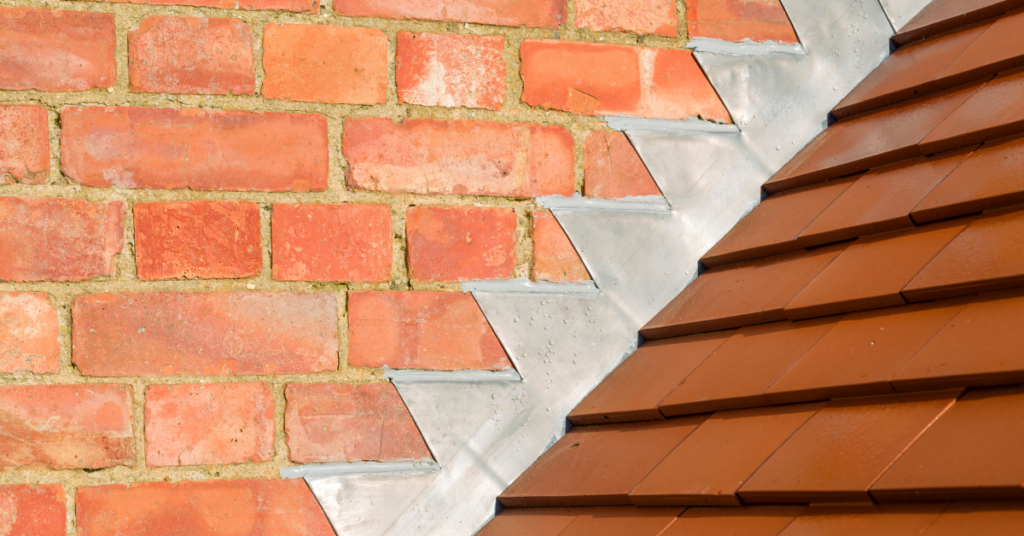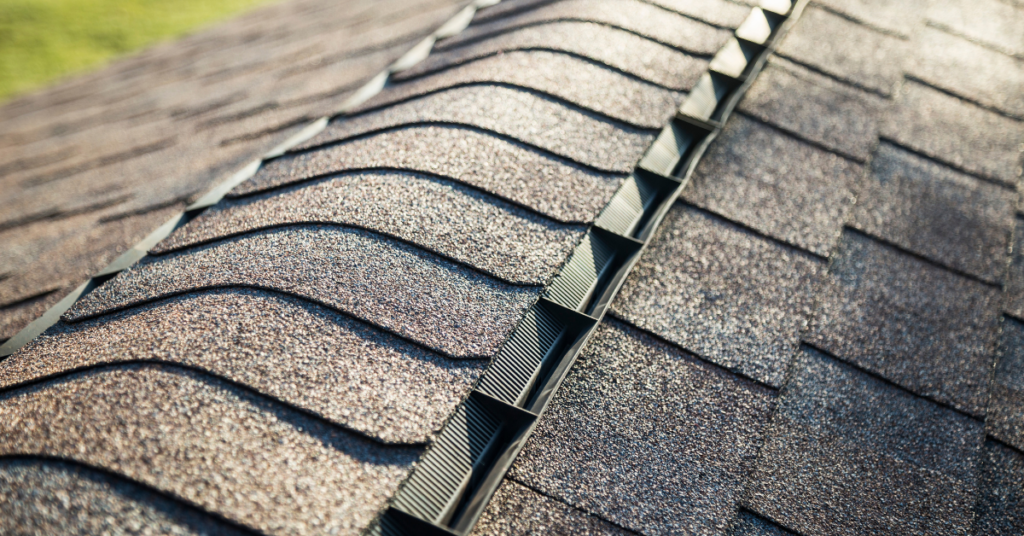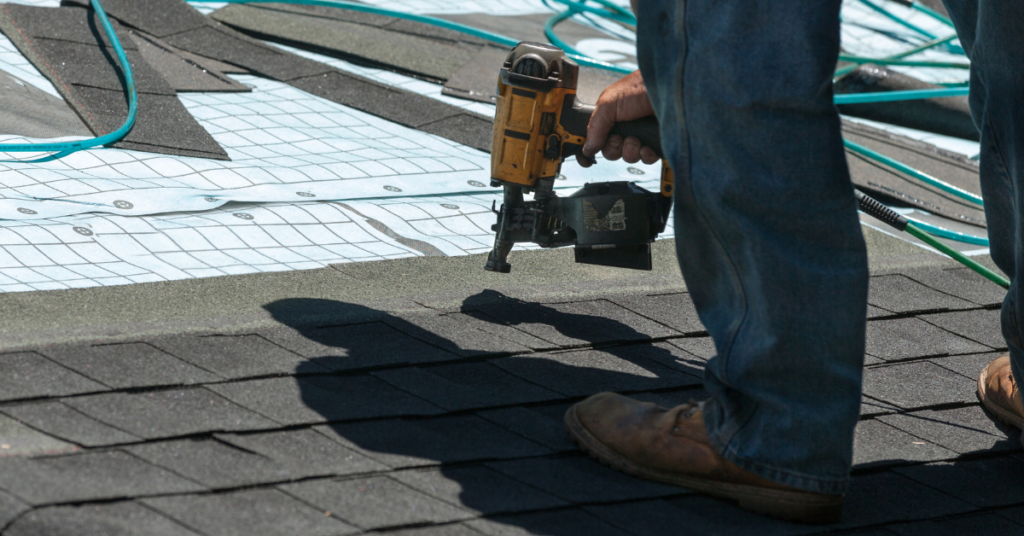16 Roofing Terms You Need to Know!


In this article, we will go over 16 of the most common roofing terms you may encounter when dealing with a roofing contractor or when discussing your roofing needs. Understanding these terms will help you communicate better with contractors and make informed decisions about your roofing project.
Square
A unit of measurement used in the roofing industry to describe the size of a roof. One square is equivalent to 100 square feet.
Decking/Sheathing
The structural component of your roof that sits directly on top of the trusses, underneath the underlayment and shingles.
Eave Edge
The edge of your roof where the gutters sit.
Rake Edge: The edge of your roof where two sections come together to form an inverted V.
Flashing
Flashing is a material—typically metal—that is installed on the joints and edges of a roof to prevent water leakage and direct water away from crucial areas.


Style D Flashing/Drip Edge Flashing
A type of flashing used on the rake edge of your roof to prevent water from getting in and causing leaks.
Gutter Apron
A piece of flashing that sits over the gutters to direct water into them, preventing leaks and rot.
Ice and Water Shield
Ice and Water Shield is a self-adhesive underlayment designed to prevent water from working its way up underneath your shingles during winter months, an essential element in dealing with emergency roofing repairs during winter.
Synthetic Underlayment
A high-quality underlayment that covers the rest of your roof, providing a barrier between your roof deck and the shingles.
Valley
The area where two roof sections come together, creating a trough for water to flow down.
Ridge/Ridge Vent
The highest point of your roof, where two rake edges meet. Ridge vents are used to allow hot air from the attic to escape.
Turtle Vent/Box Vent
A type of roof vent used to help hot air escape from the attic, less effective than ridge vents.


Impact Rated (IR)
A rating given to shingles based on their ability to withstand hail and other impacts. Class 3 and Class 4 are the most common impact ratings, an aspect often misunderstood in common misconceptions about wind damage on roofs.
Cut Up
A term used by roofing contractors to describe how many separate sections a roof has.
Walkable
A term used to describe a roof that can be easily walked on and worked on without the need for special equipment or precautions.
Roof Penetrations
Any object that penetrates through the roof sheathing, such as chimneys, sewer pipes, vents, or skylights. These penetrations can often be the sources of leaks, making it difficult to locate a roof leak on your own.
Starter Shingles
Shingles installed along the eave edge of your roof to help the first row of shingles adhere and prevent wind damage, one of the 12 common threats to your roof’s structural integrity.


By familiarizing yourself with these terms, you can confidently discuss your roofing needs with a contractor and ensure you’re making the best decisions for your home. As you grow your understanding, don’t hesitate to explore the best 12 ways to proactively protect your roof. Remember, an educated homeowner is a contractor’s best client!
Equipped with your newfound knowledge of common roofing terms, you’re now ready to take on any roofing project with confidence. If you reside in:
- Burnaby Roofers
- New Westminster Roofers
- Coquitlam Roofers
- Port Coquitlam Roofers
- Port Moody Roofers
- Delta Roofers
- Ladner Roofers
- Vancouver Roofers
- North Vancouver Roofers
- West Vancouver Roofers
- Richmond Roofers
- Surrey Roofers
- White Rock Roofers
- Maple Ridge Roofers
- Pitt Meadows Roofers
- Langley Roofers
- Powell River Roofers
Our team of highly skilled professionals is available in your city to help with your roofing needs. Whether it’s discussing the installation of Ice and Water Shields, ensuring your roof penetrations are well managed, or helping you choose the right Impact Rated shingles, we’re ready to help. Don’t hesitate to reach out to us to discuss your roofing needs or schedule a consultation. Let’s make sure your roof is well protected and serves you well for years to come!
